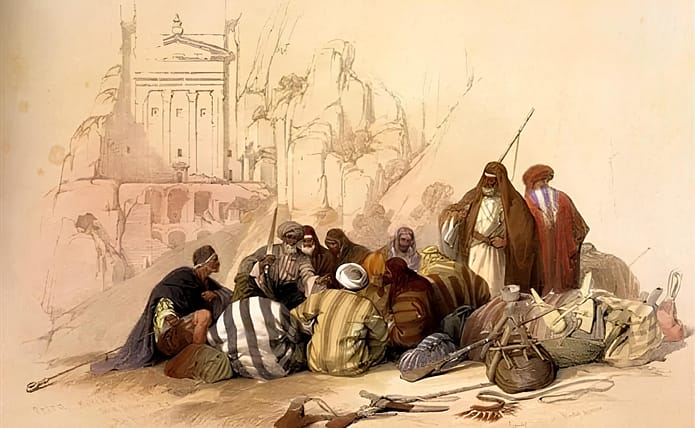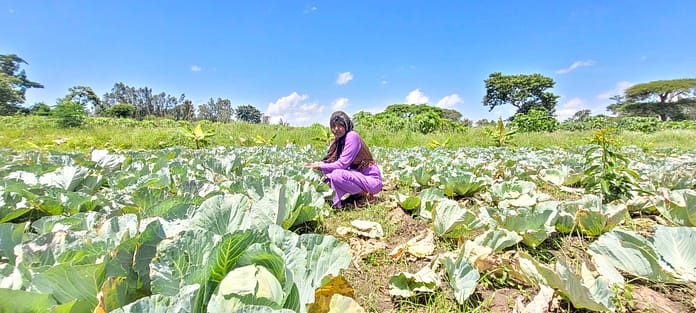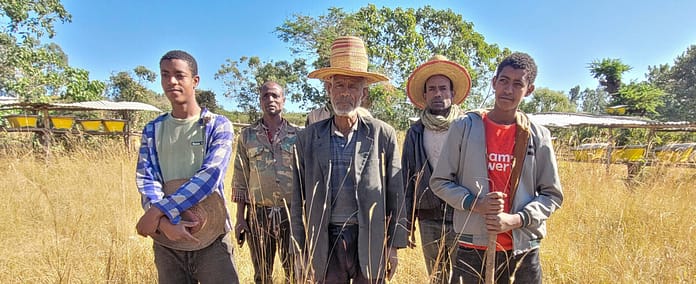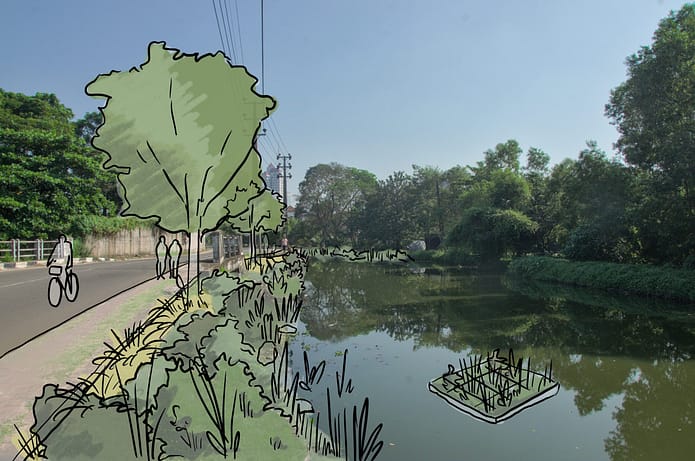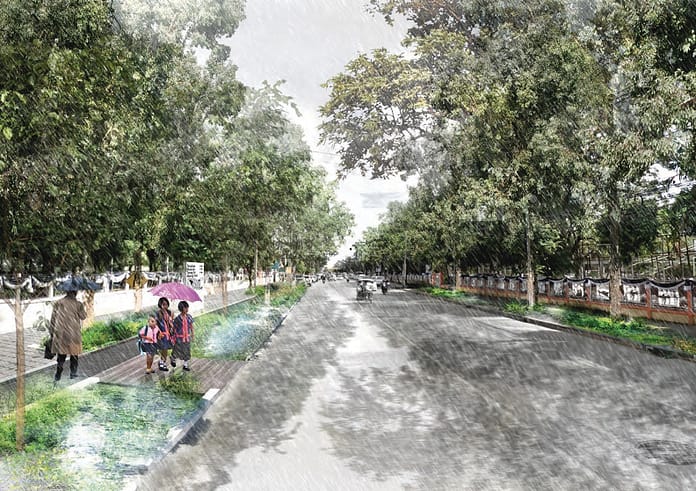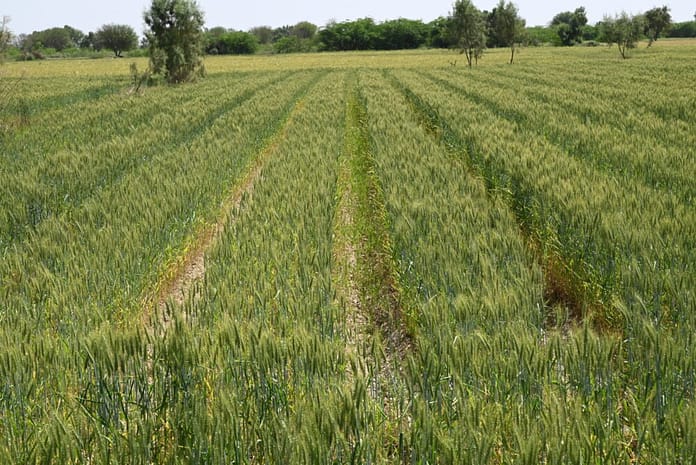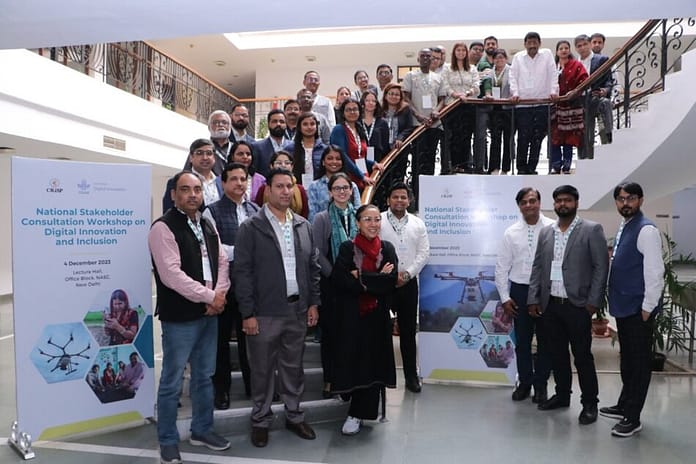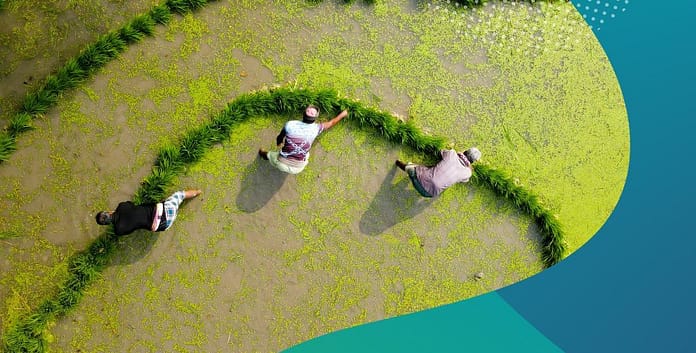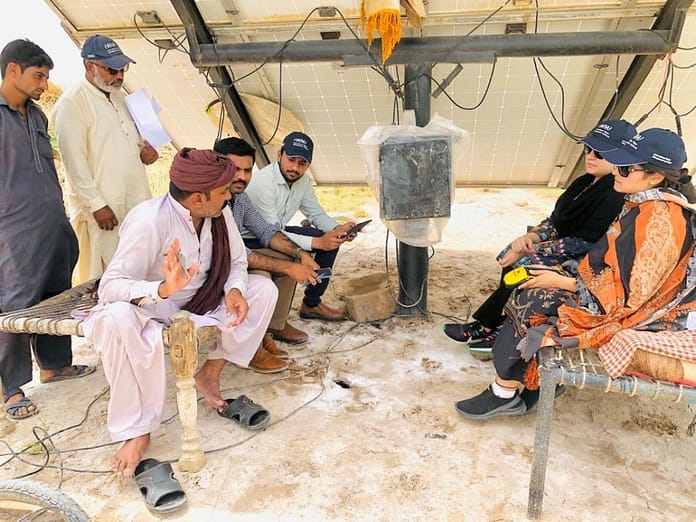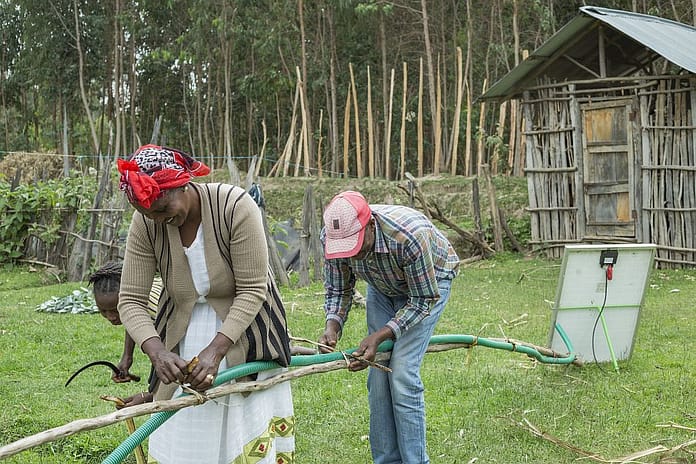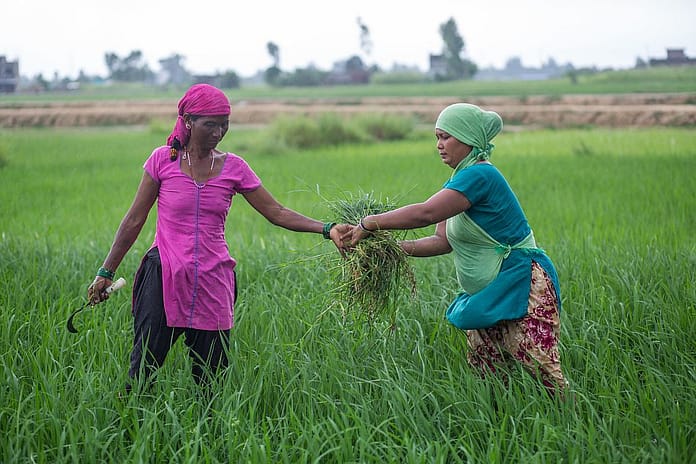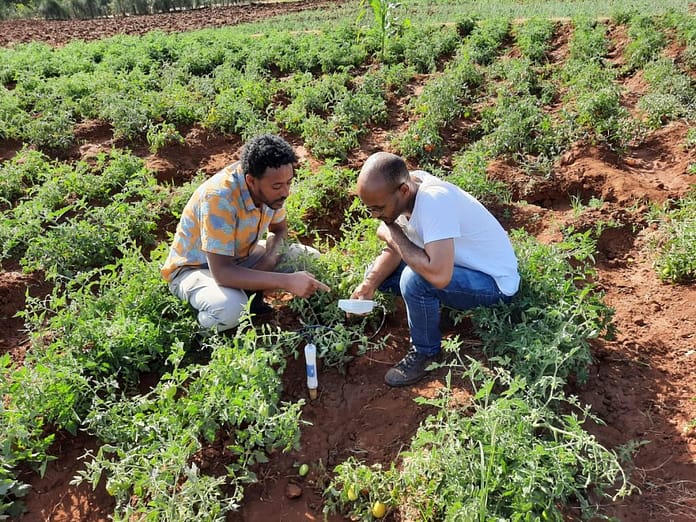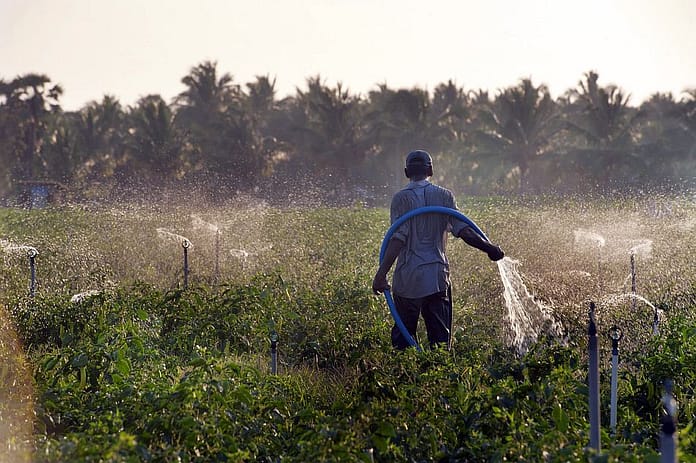Agriculture is quietly transforming across rural India — and women are at its heart. As men migrate in search of work due to climate stress, shrinking farm returns and industrial jobs, women are stepping in to manage farms, livestock and households. This feminization of agriculture has been unfolding for years yet remains largely invisible in policy and undercounted in data.
Women now make up over 42% of India’s agricultural workforce, and in some states already make up the majority of full-time farm workers. Yet their labor often goes unrecorded. Wages of women lag behind those of men, and their decision-making power is limited.
Land ownership shapes decision-making power
Land ownership, which is key to recognition, entitlements and agency, continues to elude most women farmers. As long as India defines a farmer by land ownership, women’s expertise and contributions will remain overlooked.
In Odisha, women managing small farms often have a stronger understanding of soil health and resource use, having historically managed agriculture and irrigation work on their land.
“When irrigation is upscaled and newer technologies are introduced, men often take over, denying women access and control of the resources they have been managing,” said a farmer in her sixties living in Keonjhar district of Odisha, Eastern India.
Similarly, in neighboring Bihar, the absence of land ownership and the inability to provide collateral prevent many women farmers from accessing formal bank loans. As a result, they are forced to rely on high-interest informal credit from neighbors, relatives and microfinance institutions — a cycle that further undermines women’s economic agency and decision-making power in farming.

In West Bengal, women’s participation in Water User Associations (WUAs) is far from uniform. In some WUAs, women hold formal positions within core governing committees, directly influencing decisions. In others, they may not hold official roles but remain active in meetings, crop planning and training sessions. Yet, in many WUAs, women’s involvement is minimal. “We started producing and marketing aromatic rice after the introduction of the minor irrigation program in our region,” said a farmer in her forties from Paschim Medinipur district of West Bengal. “Now we can produce enough to sell in the market, but we don’t negotiate the price or go there to sell. That is mostly decided by the men.”
The gender data gap in agriculture

Data collection in agricultural research often overlooks indicators that are specific to women’s roles, contributions and challenges. This gender data gap means women farmers are frequently excluded from policy design — a gap that risks deepening existing inequalities and slowing equitable rural development.
Key gender indicators, such as women’s unrecognized contributions, their access to resources and their decision-making roles within households and communities, are rarely captured in surveys. Measuring poverty only at the household level hides inequalities that exist within families and fails to capture who actually owns assets.
Critical factors like access to land, credit, agricultural training and extension services are often left unmeasured. Data also tends to ignore the structural barriers women face — from discriminatory inheritance laws to cultural norms that limit their mobility and participation in public spaces. In many rural contexts, societal norms affect who can be approached for information and how openly they can respond. Male enumerators may struggle to engage directly with women due to cultural restrictions, resulting in incomplete or skewed datasets.
Creating opportunities for women farmers through innovative financial models
In North Bihar, irrigation is dominated by costly diesel pumps and is largely controlled by male-dominated groundwater markets. To expand opportunities for women, the International Water Management Institute (IWMI) and its partners introduced solar-powered irrigation pumps for women to operate as micro-enterprises. Implemented through the government of Bihar’s rural livelihoods project, JEEViKA, the initiative leveraged self-help groups and enabled women — irrespective of landholding — to invest in solar irrigation pumps via cost-sharing and soft loans. This reduced irrigation costs by 50% for smallholders and created new income opportunities for women.

Today, these groups earn more than $1,200 annually from irrigation sales, while on average, farm households in the region earn just $125 per month. Beyond income, the intervention has enhanced women’s agency in a male-dominated irrigation economy, reduced drudgery and strengthened their leadership in community water governance.
By supporting women to lead as service providers, the initiative not only addressed energy and irrigation challenges but also catalyzed a gender-inclusive irrigation market in North Bihar.
Another innovative finance model was piloted in Mandla district of Madhya Pradesh under the CGIAR Multifunctional Landscapes Program and the Solar Energy for Agricultural Resilience (SoLAR) project. Here, women’s self-help groups were transformed into WUAs.
“In two tribal-dominated villages two exclusive women-only Water User Associations were formed. The women in Chimkatola and Kevlrari were trained in system operation, financial management and governance. Collective bank accounts were introduced to ensure transparent revenue management,” said Alok Sikka, IWMI’s Country Representative for India and Bangladesh. “We tested innovative financing models — ranging from partial cost-sharing to full donor support for the poorest farmers — to establish solar irrigation pumps that ensure affordable irrigation access for women and marginal farmers. Additionally, we introduced a solar-powered rice mill, which has reduced travel costs to local markets and allows women’s group members to avail its services free of charge.”
Experiences from various initiatives across the country demonstrate that innovative financing models, coupled with the bundling of capacity building, technology access and value chain integration, can significantly enhance women’s participation in agriculture and resource management.
To sustain and scale such impacts, an enabling policy environment is essential — one that recognizes women as equal stakeholders and strengthens their access to power, rights and resources.


